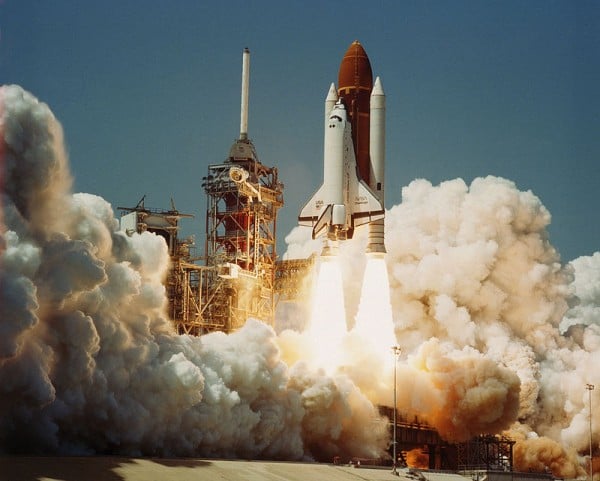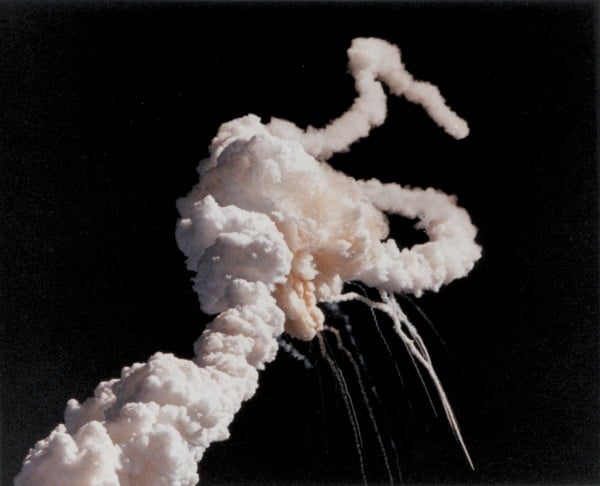
Thirty years ago, a nation watched in horror as The Challenger space shuttle exploded just 14km above the launch pad from which it had just taken off.
The failed US mission on January 28, 1986, was an unmitigated disaster and all seven people on board – six astronauts and one teacher – died.
But the true circumstances of their death, which were publicly made out to be instantaneous, came to light over the following years.
The shuttle’s cabin remained relatively intact after the fuel tank exploded and continued careering upwards for another five kilometres before plunging almost 20 kilometres into the Atlantic Ocean, Gawker reports.
And, disturbingly, the crew was most likely conscious during the two and a half minutes before the moment of impact.


Top Comments
I also remember this happening. It was a shock. Before that, it seemed that space travel was insanely pricey but kind of routine and safe. A horrible loss of seven brave, talented and dedicated people.
I remember watching the parents of Krista McAuliffe and the look of sheer disbelief when the shuttle exploded. What a terrible tragedy.